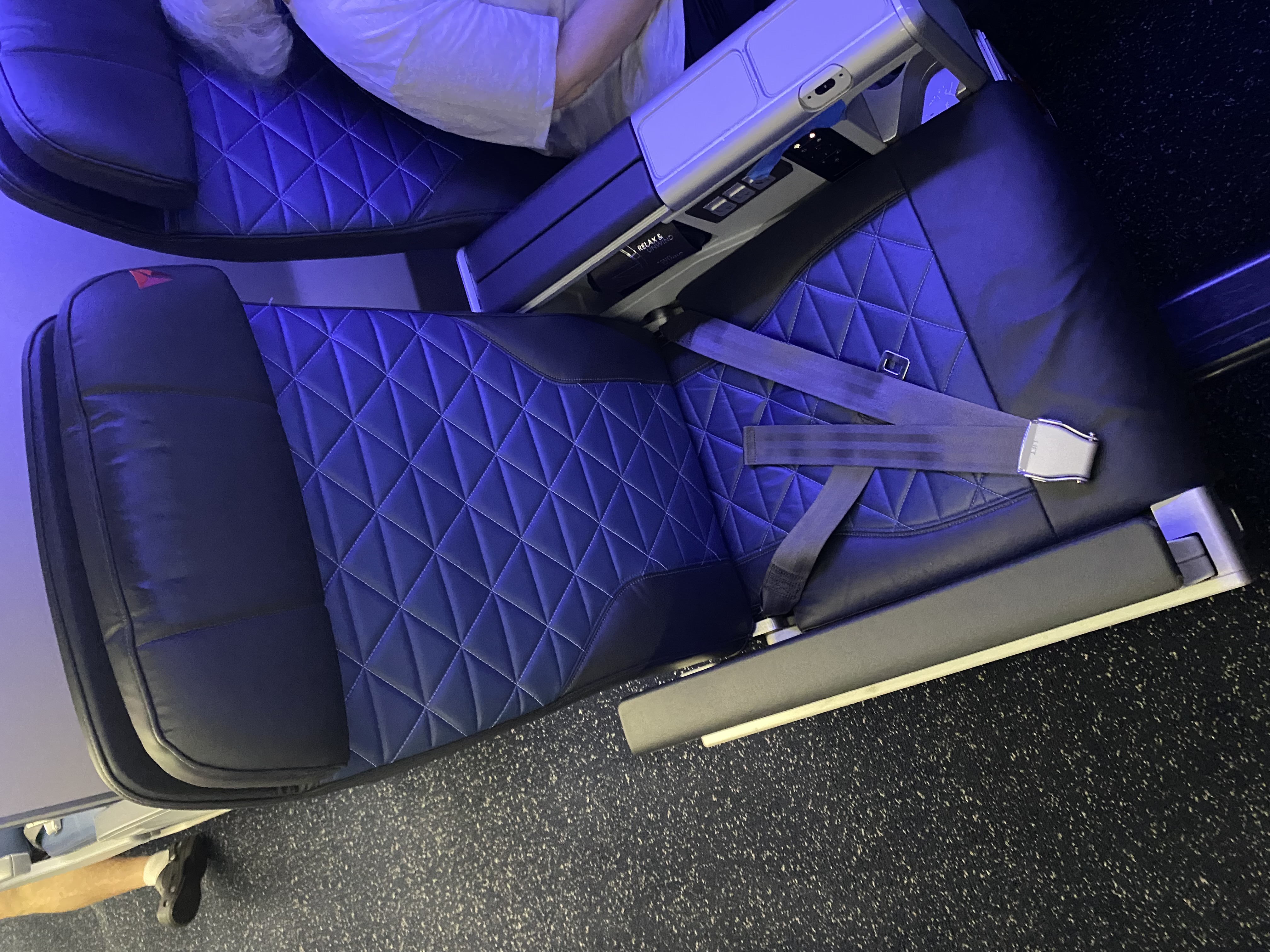Not long ago, air travel cabins were clearly divided: you were either in economy, or you splurged for business or first class. But as premium cabins evolved—bringing with them lie-flat beds, personal suites, and even onboard lounges—the gulf between economy and business class grew wide enough to fit an entire new cabin class. And that’s exactly what happened.
The Origins of Premium Economy: A Global Evolution
Premium economy began as an innovation from international carriers. In the early 1990s, airlines like EVA Air and Virgin Atlantic pioneered this in-between space, offering passengers more comfort without the price tag of business class. These early offerings weren’t just about a few extra inches of legroom—they came with wider seats, better service, and an overall upgraded experience.
It was a hit, particularly on long-haul international flights where economy comfort just didn’t cut it. For years, non-U.S. airlines had a significant advantage in this area.
The Comfort Gap: Why Premium Economy Became Necessary
While business and first class evolved into luxurious experiences—with flatbed seats, sliding doors, and champagne on demand—economy passengers saw little change. U.S. airlines introduced extra-legroom seats (think Economy Plus, Main Cabin Extra, and Comfort+), but these were marginal improvements. On a 10-hour transoceanic flight, a couple of extra inches don’t make much difference.
There was clearly room for a middle option, and premium economy filled that need.
The U.S. Joins the Party: Premium Economy Comes Home
For years, U.S. carriers had lagged behind, but that changed in 2016 when American Airlines began installing true premium economy cabins across its wide-body fleet. Delta and United quickly followed suit, realizing there was a large market for travelers who wanted more comfort but didn’t want to pay business-class prices.
Now, all three major U.S. airlines offer premium economy on select international routes, with their own branding and slightly different perks.
What U.S. Airlines Offer in Premium Economy
American Airlines – Premium Economy
-
Aircraft: Boeing 777-200, 777-300ER, 787-8, and 787-9
-
Seat Features: Wider seats with up to 38″ pitch, leg rest and footrest, larger entertainment screen
- Perks:
- Plated meals with upgraded service
- Complimentary beer, wine, and spirits
- Two free checked bags
- Priority boarding and check-in
Delta Air Lines – Premium Select
-
Aircraft: A350-900, A330-200, A330-300, A330-900neo, select 767-300ER and 767-400ER aircraft
-
Seat Features: Up to 38″ pitch, up to 19″ width, enhanced recline with adjustable leg and footrest, larger in-flight entertainment screens
- Perks:
- Enhanced meals with plated service and real cutlery
- Complimentary alcoholic beverages
- Two checked bags included
- Sky Priority services (boarding and check-in)
We had a chance to experience this product on a short hop from Orlando to Atlanta on Delta’s 767- 400ER “Pink Plane.” While the flight was brief, the Premium Select seat clearly stood apart from the economy cabin in terms of comfort and design:

United Airlines – Premium Plus
-
Aircraft: Almost all United widebody aircraft include Premium Plus seating, including the Boeing 777-200ER, 777-300ER, 787-8, 787-9, 787-10, 767-400ER, and retrofitted 767-300ER. The main exception is select 777s configured for high-capacity domestic service.
-
Seat Features:38″ pitch, up to 19″ wide seats, adjustable foot and leg rests, and larger HD entertainment screens
- Perks:
- Multi-course meals with upgraded presentation and tableware
- Complimentary wine, beer, and spirits
- Two checked bags included
- Premier Access for expedited check-in, security, and boarding
When Premium Economy Makes the Most Sense
It’s no secret that award space in business class—especially on flights to Europe or Asia—is increasingly hard to find. And when it is available, the price in miles or cash is often sky-high. That’s where premium economy becomes a reasonable and strategic alternative.
For a shorter overnight flight like JFK to London—or even a longer one like Seattle to Tokyo—it’s unlikely you’ll get a full night’s sleep anyway. In those cases, having a wider seat with more recline, better meals, and a quieter cabin can be more than enough. You may not arrive fully refreshed, but you’ll arrive rested enough, without needing a lie-flat bed.
That’s a realization we’ve come to ourselves over the years. We’ve even asked Have We Outgrown Business Class? Premium economy has turned into a smart middle ground, offering real comfort upgrades without the premium price tag.
We flew Virgin Atlantic Premium Economy from JFK to London in 2019 and were impressed by how much better it felt than coach. For us, and for many travelers, premium economy is becoming less of a downgrade from business class—and more of a deliberate, value-driven choice.
Final Thoughts
Premium economy isn’t just a compromise. For many travelers, it’s the ideal mix of comfort, service, and value—especially when business class just isn’t an option. If you know your route, your budget, and your sleep threshold, this could very well be your new favorite way to fly internationally.
